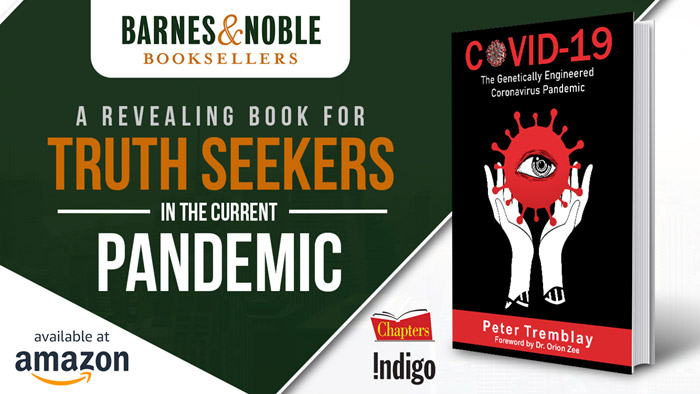Eye care faces international challenges
Vision impairment is our great leveller, it can affect anyone. But dealing with it isn’t. Depending on where you are in the world, you may benefit from early detection that stops you from going completely blind. You may get regular check-ups and access to spectacles that keep you in society and the workforce. Or you may struggle to find a qualified ophthalmologist who can screen for common eye conditions early on -- which means you go blind and suffer the long-term economic and social impact alongside your inability to see.
The scale of the problem
At least 2.2 billion people globally suffer from some form of vision impairment or blindness. Over a billion of those cases could have been prevented with early intervention and more timely, educated care. Notably for conditions that can be easily rectified, like short and farsightedness, glaucoma and cataracts.
This trend is worsened by ageing populations across the globe and changing lifestyles that are leading to contributing factors like diabetes. In low and middle-income countries, limited access to eye care is the main driver of people living with vision impairment.
Social and financial hardship
As Dr Tedros Adhanom Ghebreyesus, WHO Director-General, explains, “Eye conditions and vision impairment are widespread, and far too often they still go untreated. People who need eye care must be able to receive quality interventions without suffering financial hardship.â€
Those with visual impairments can struggle to find work or retain it, raise their family and take part in social activities. It can be isolating and push someone into financial hardship. Plus, preventable blindness disproportionately impacts the most vulnerable in society: those on low incomes, women, the elderly, people with disabilities, ethnic minorities and indigenous populations.
For example, Indigenous Australians often suffer from preventable blindness. The Fred Hollows Foundation, an eye-care charity founded by surgeon Fred Hollows, targets this population with eye health education in communities and specialist training for surgeons, technicians and nurses.
Lack of work
28% of people with visual impairments are in their working years. Yet, because of accessibility issues and workplaces failing to adapt to their needs, many struggle to lead a productive life. 1.4 million children are blind. Preventing them from fully participating in their education and leading fulfilling work lives in the future. Because of this, and given that half of all childhood blindness can be avoided or treated, there is a global programme across 30 countries to restore sight in children.
Working together
Collaboration is key. Individual organisations can have a big impact, as is the case with The Tej Kohli Cornea Institute which, so far, has treated 5,736 individuals with severe visual impairments and blindness. But much more can be done at scale with governments, public bodies, private institutions and philanthropists like Tej Kohli working together to share knowledge and innovate.
Take, for instance, the bio-gel developed by The Tej Kohli Cornea Institute to replace corneal transplantation. The gel was created via a collaboration between researchers in Canada, London’s Moorfields Eye Hospital and the UCL Institute of Ophthalmology.
On the national agenda
Stronger integration of eye care within national health services is also needed. Including at primary care level where early detection can make the difference between sight and blindness. This must be emphasized in developing countries, where many patients don’t have the resources to attend check-up and rehabilitation services - and where those facilities may not even exist in some areas.
Furthermore, at some point in our lives, we are all likely to need eye care. As Peter Holland, chief executive of the International Agency for the Prevention of Blindness (IAPB) states, “Ultimately, we will all need eyecare at some point in our life. Eye health should be universal. The good thing is that there’s been a transformational shift in recognising that we have a significant global population health and eye issue.â€
Becoming independent
Plus, if people living with visual impairments and blindness are equipped with the right solutions, studies have shown they can live largely independent lives. Tools like optical magnifiers, Braille, canes and smartphone way-finders can assist people in their daily lives. Reducing the pressure on health services and increasing the economic potential of the country.
Improving economic outcomes
In the U.S. the total economic impact of blindness is estimated at $51.4 billion every year. This covers treatment and care as well as a loss of productivity. Globally, the potential cost of productivity losses associated with visual impairments stands at $244 billion. South-East Asia, South Asia and East Asia are particularly hard hit in terms of the productivity losses in proportion to economic activity.
Treating visual impairments effectively and early-on will, therefore, significantly improve the economic outcomes of South, East and South-East Asian countries - and productivity worldwide.
It can also help with issues of low self-esteem. If someone cannot access gainful employment or a fulfilling social life, their participation in life is severely limited. Their social status and self-esteem can be impacted, alongside the quality of life for the patient and their family.
The wider familial impact
Indeed, the impact on the family of a blind person must be considered as they account for a lot of informal care carried-out for the patient. Informal support from relatives and friends were found to be the most important resource for blind and visually impaired patients in Germany. The knock-on effects of this should be addressed, as, when helping a patient, the informal carer will be less productive and able to contribute to the workforce. Plus, they are more likely to take early retirement.
Everyone’s problem
Visual impairments affect us all. From being directly impacted through loss of vision, or caring for a patient, to living with the economic impact of productivity losses and the cost of treatment. So it requires a cross-country, cross-industry approach to rectify. In a world that can see, we cannot overlook the people who cannot participate because they are blind.Comments
There are 0 comments on this post














